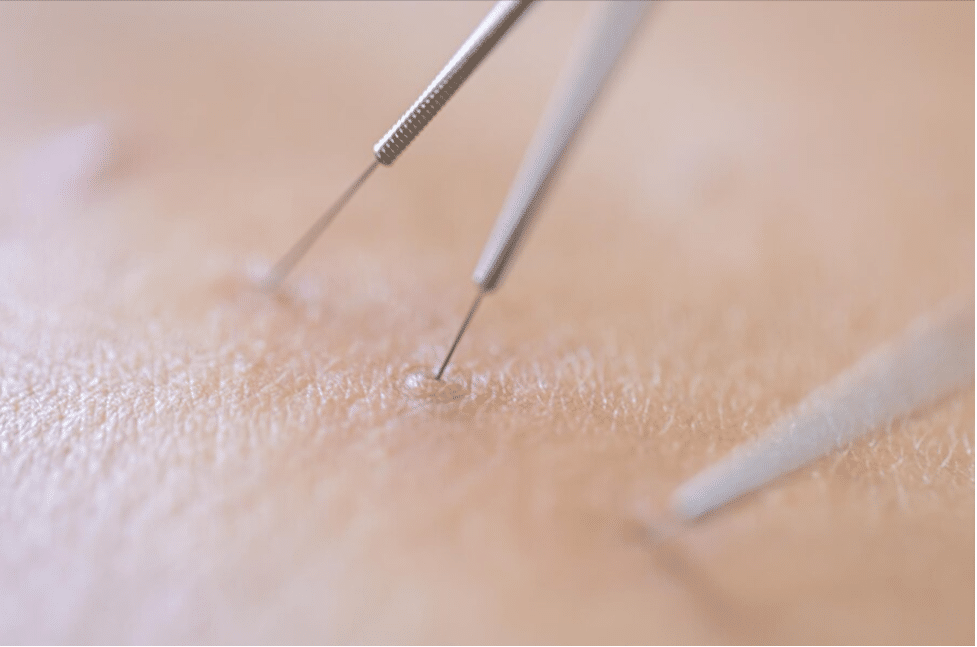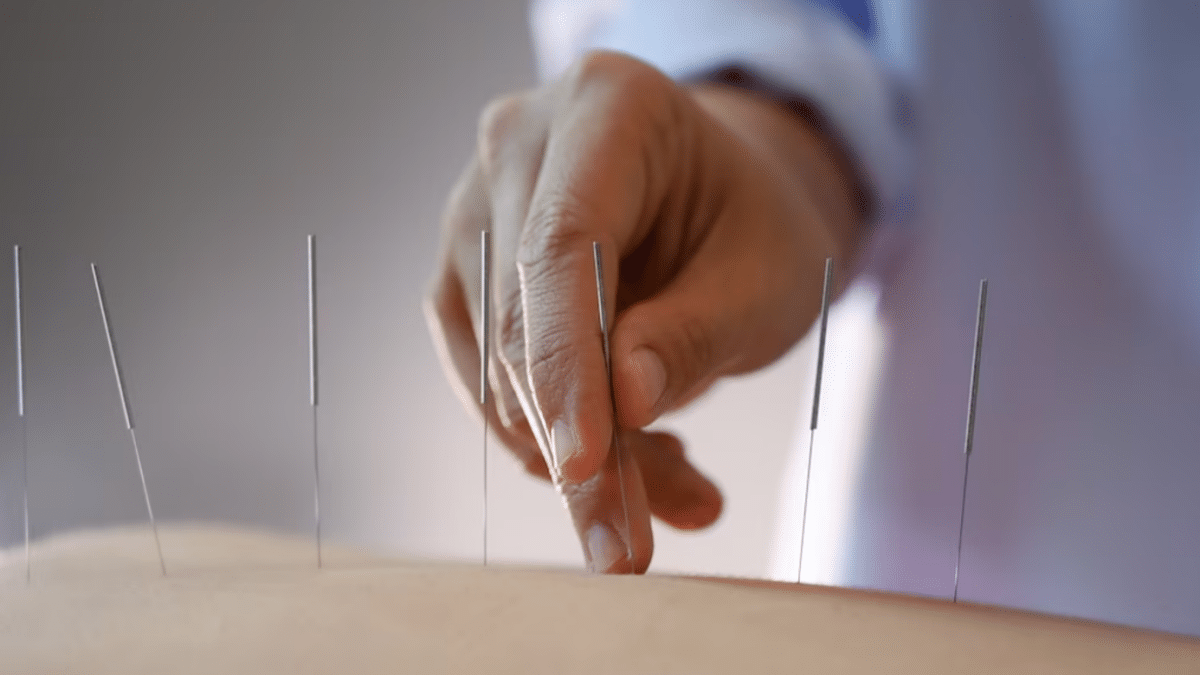Alternative therapies have been gaining momentum in the medical community in recent years. Many people are curious about alternative treatments like dry needling. However, the question arises: Is dry needling legal in Nevada? In this article, we’ll investigate whether or not dry needling is legal in the state of Nevada, touching on the relevant regulations. The time has come to begin our exploration of dry needling in Nevada.
Contents
Dry Needling in Nevada: Is it Legal?
The Dry needling procedure uses a filiform needle that is sterile, single-use, and single-insertion. To treat a wide range of medical issues, reduce pain and disability, and improve mobility, this method involves making incisions in the skin or deeper tissues.
Dry needling is legal in Nevada, although practitioners must adhere to strict regulations. Since June 5, 2020, the Nevada Legislative Commission has approved rules detailing who can practice dry needling as a physical therapist and what credentials they need to do so.
You can take a look at our comprehensive guide to learn completely about the procedure of dry needling in Las Vegas and its benefits.
Dry Needling Regulation in Nevada
On June 5, 2020, the Nevada Legislative Commission approved new regulations regarding dry needling for physical therapists. To practice dry needling, physical therapists are required to meet several criteria laid out in the regulations. The necessary requirements are:
● Training and education in dry needling that totals at least 150 hours.
● An education requirement of at least 25 hours must be completed through a postgraduate course. Practitioners have to pass in-person written and practical exams to finish this course.
● Nevada Physical Therapy Board requires physical therapists to show proof of compliance before performing dry needling interventions.
What is a Dry Needling Consent Form?
Obtaining a patient’s signature on an informed consent form is mandatory in Nevada before a physical therapist can perform dry needling. Patients should not sign a consent form until they have read it carefully and understand everything it says, including the potential risks.
The form’s exact contents are flexible, but they typically include the following:
● Definition of Dry Needling. There’s usually a definition of dry needling in the form. In this way, the patient knows what to expect.
● Procedure Description. The procedure is explained, including how it’s done (sterile filiform needles that penetrate the skin or underlying tissues once are used).
● Potential Benefits. It might explain how dry needling can relieve muscle pain and improve mobility.
● Risks and Side Effects. In this section, patients will find information about possible risks and side effects, like minor bleeding, bruising, soreness at the needle site, and severe complications in rare cases.
● Alternative Treatments. Alternative treatments may be listed on the form, giving the patient more options than dry needling.
● Patient’s Health Information. Patients are usually required to disclose relevant health information, such as allergies, bleeding disorders, or other conditions that might make dry needling dangerous.
● Voluntary Participation. It stresses that the patient’s participation is voluntary, and they can withdraw consent at any time.
● Patient Acknowledgement. Lastly, by signing the form, the patient acknowledges that they have read, understood, and consented to the procedure after reading the information provided.
Who Can Perform Dry Needling in Nevada?
Physical therapists and athletic trainers can do dry needling in Nevada. As mentioned, physical therapists must get informed consent from the patient and use sterile filiform needles. In addition, athletic trainers need to meet specific qualifications to do dry needling, including proper training and patient safety. The regulations make sure practitioners are trained and skilled to do dry needling.
Who is Not a Candidate for Dry Needling?
The benefits of dry needling aren’t for everyone. This treatment might not be right for you if you have certain conditions or circumstances. Some of them are:
● Some people shouldn’t try dry needling because of their extreme fear of needles.
● People with bleeding disorders or taking blood-thinning drugs are more likely to bleed or bruise after needle insertions.
● Individuals with compromised immune systems, like people who are undergoing chemotherapy or have certain autoimmune disorders, are more likely to get sick.
● Pregnant women should generally avoid dry needling in certain areas because no extensive research has been done on its effects.
● Skin infections, irritations, and certain skin conditions shouldn’t be needed as they can make them worse.
● Dry needling is not recommended for people with allergies to the needles’ material (typically stainless steel).
● During the early stages of healing, dry needling may not be appropriate for patients who have just had surgery.
● Individuals with very young or very old health issues should be evaluated on a case-by-case basis, considering their overall health.

Can Chiropractors Dry Needle in Nevada?
Dry needling is legal in Nevada for chiropractors, but only after they’ve met certain requirements and been certified. While Nevada law prohibits licensed chiropractors from making diagnostic puncture wounds in patients, NRS 634.035 allows certified chiropractors to perform dry needling.
The Chiropractic Physicians’ Board of Nevada establishes the requirements for a chiropractor to be licensed to perform dry needling. This includes mandatory regulations that a chiropractor must adhere to before being authorized to perform dry needling. One of these is having received approval from an established organization after completing 50 hours of classroom instruction in dry needling.
Conclusion
In the end, while dry needling is permitted in Nevada, it is subject to several regulations and laws designed to protect patients and ensure it is practiced correctly. Aside from reducing pain and increasing mobility, this alternative treatment also speeds recovery. While dry needling may be an effective treatment option, weighing the benefits against any risks is important.
In Las Vegas, Dynamic Spine & Sport Rehabilitation prioritizes hands-on physical therapy techniques like dry needling to provide patients with a full spectrum of care. Our top priority is the health and well-being of our patients and their loved ones, and we have established a warm and supportive environment to facilitate healing and improvement.
Adding to traditional physical therapy and rehabilitation, we also provide wellness concierge services, concussion management, and specialized care for those recovering from injuries sustained in car accidents or work-related injuries.

